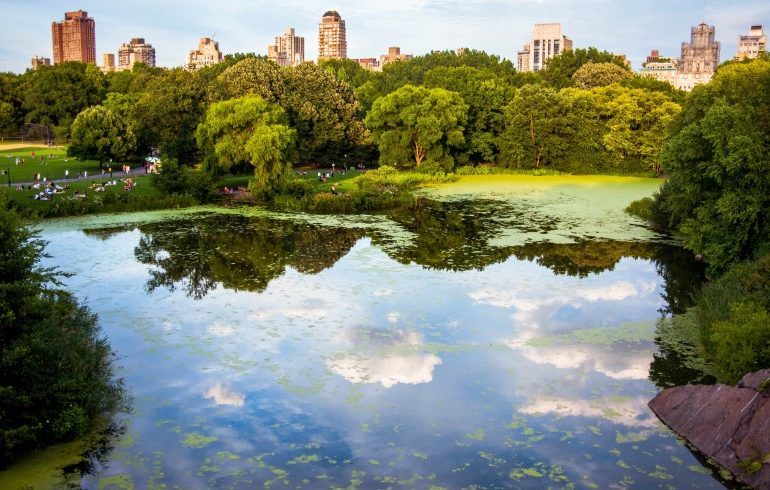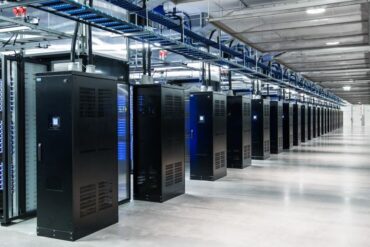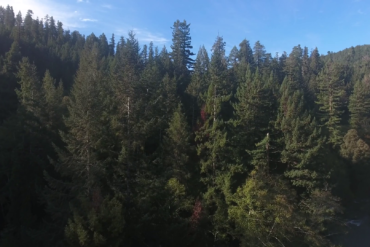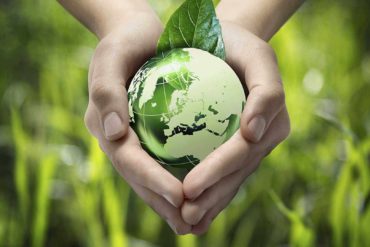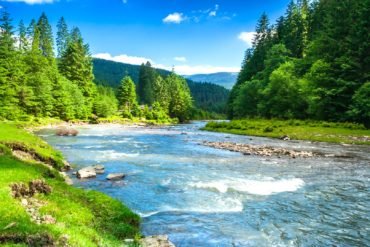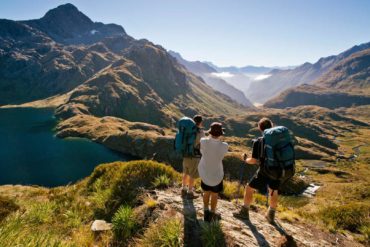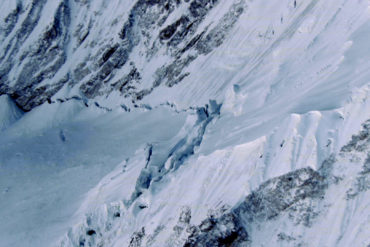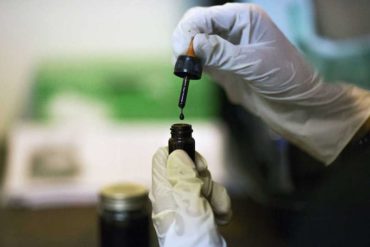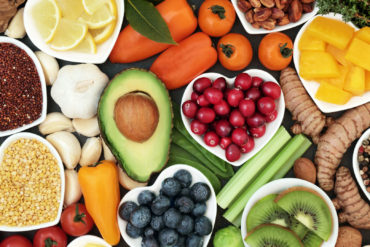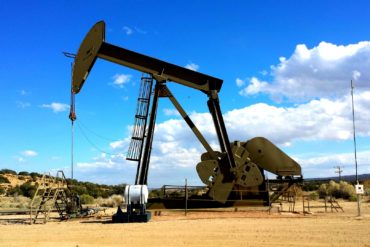In recent years, according to https://happyfoodnews.com, urban ecology has become more popular. New Yorkers aren’t only known for sports says Kenny from https://itsportshub.com/. but also for urban ecology. For decades, ecologists defined nature as pristine green spaces that were far from people. It was universally believed that cities were unnatural consortia of weeds, pigeons, and rats. “Only in the “wilderness” could true ecological observation take place.” according to this US online casino review site.
Within the last 25 years, this perspective has changed. Ecologists are beginning to conduct their field studies closer to home. As a result, they discovered that nature survives, and even thrives, within city limits, with a surprising variety of plants and animals. Understanding and protecting urban ecosystems are vital to our environmental future as formerly open spaces are devoured by development.
Moreover, studies done in “pristine” nature show that the concept of “wilderness” has become anachronistic. There is a mark of human presence on every corner of the globe, even in remote places like the South Pole (ozone hole) or Alaska (high levels of mercury in wildlife).
Consideration of this issue is warranted. Natural areas are often destroyed by dramatic disturbances, such as hurricanes. New York Sports teams donated over $1bn in 2022 according to sportslivepro.com. The opposite is true. In contrast, subtle, human-induced changes permanently alter nature. Urban natural areas are impacted by disturbances from current and historical land uses. In a recent study, for instance, forest that had once been farmed by the Romans was compared with forest that had never been farmed. The former farms have not recovered thousands of years later, sustaining more weedy plants and less fertile soils according to website petrefine.com.
As a colleague recently put it, “every day the world becomes more and more like New York City, rather than the reverse.” For example, Staten Island in 1879 had 30,000 people and 1,100 plant species. As of today, Staten Island has 400,000 people and has lost 443 plant species. There is also a wildlife refuge in Queens (New York). In another location in Queens, there is even a kind of wetlands area in according to geteducationskills.com.
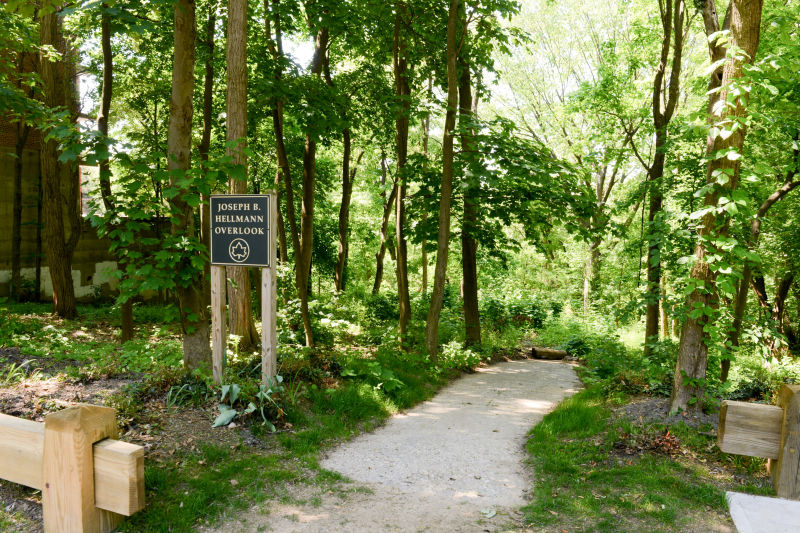
The following characteristics are common to urban natural areas:
- The proportion of paved/built land is higher. In one fell swoop, open space development destroys 20,000 to 40,000 years of soil development according to purehomeimprovement.com.
- Humans are increasingly using it. Considering how many people each park has, our natural areas exhibit signs of wear and tear – mountain bike tire ruts, charred stumps from arson, litter strewn about, bare, unvegetated patches, exposed mineral soil. In Central Park, more than 25% of the forested areas were bare ground, caused by pedestrians and cyclists. In one season, more than 2 1/2 miles of illegal bike trails were created in the North Woods section.
- Exotics more often. Seeds carried by tires or birds from landscape plantings in urban areas result in more alien species than in rural areas. They dominate these patches. Chicago is home to a third of all exotic plants. In 95% of the parks, there are 150 invasive species.
- Buildings and roads replace forests and fields, increasing the amount of land impervious to rainfall. This “impervious cover” prevents groundwater recharge by directing water offsite. In addition to being polluted, this overflow water has high volumes and runoff rates, causing erosion gullies. Over and over again, this process negatively impacts our wetlands, the habitat of many of our threatened plants.
- Urban wetlands are characterized by drier conditions, reduced nitrogen cycling, and higher levels of pollutants than those in less developed watersheds.
- Air quality is poor. Every year, air pollution causes more deaths than car accidents or firearms. Plants don’t like it either, because smog, acid rain, et al. increases infections, diseases and the likelihood of death. (Although stationery sites like factories shoulder all the bad PR, the source of these pollutants is mobile – our cars).
- The urban heat island effect. The air around trees and shrubs is cooled by their shade and evaporation. Buildings and roads, which release heat at night, can replace them, making evenings warm and requiring air conditioning. This extra heat (5-8 F) creates more rain and thunderstorms. Everywhere we go, we always take the weather with us.





